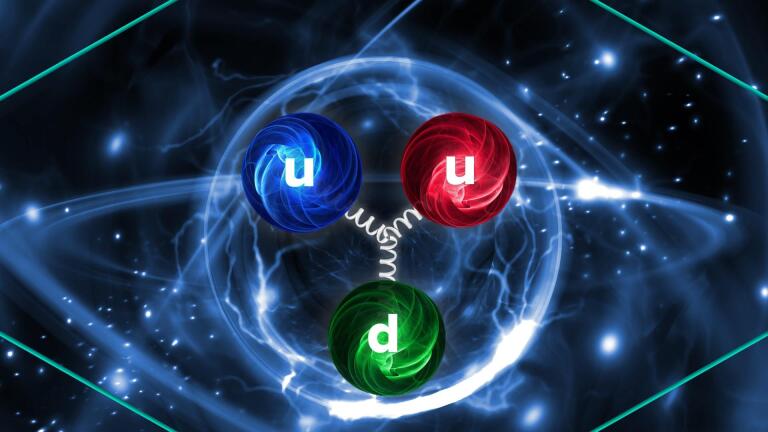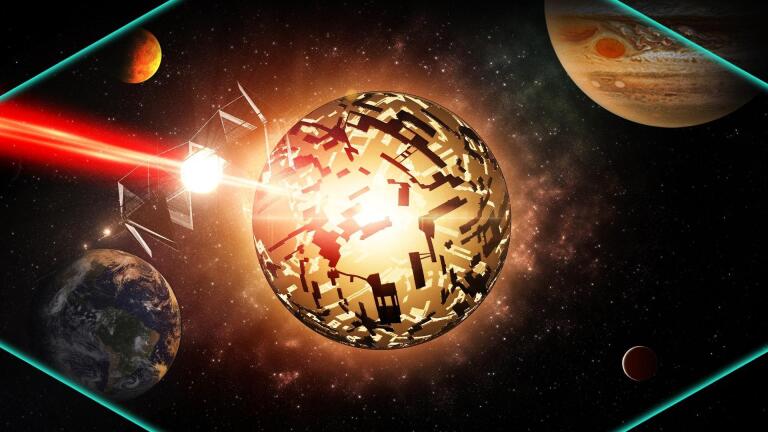Back to Show
PBS Space Time
The New Physics of Black Hole Star Capture | Extreme Tidal Disruption Events
Season 10
Episode 21
If you track the motion of individual stars in the ultra-dense star cluster at the very center of the Milky Way you’ll see that they swing in sharp orbits around some vast but invisible mass—that’s the Sagittarius A* supermassive black hole. These are perilous orbits, and sometimes a star wanders just a little too close to that lurking monster, leading to a tidal disruption event.
Support Provided By

11:49
Did JWST just find a new type of star powered by dark matter?

16:21
Did we just uncover new evidence to support Cold Dark Matter?

15:51
The gravitational wave background has probably been detected using a pulsar timing array.

15:05
Let’s explore how constant this speed of light fundamental constant really is.

14:39
Dark matter may be a quantum mechanical wave that literally holds galaxies together.

16:24
Has AI proven that the proton is made of 5 quarks rather than 3 quarks?

15:16
How close is too close for supernova explosions?

12:14
Could we turn our solar system into a spaceship and drive the Sun around the galaxy?

16:00
If we want to see quantum weirdness with our eyes, we’ll need Bose-Einstein Condensates.

16:42
Could LIGO find alien spacecraft accelerating to near light speed?

15:51
How can we tell the difference between fermions & bosons? Statistical Mechanics!

13:25
Why has a newly discovered a black hole started pointing directly at us?











